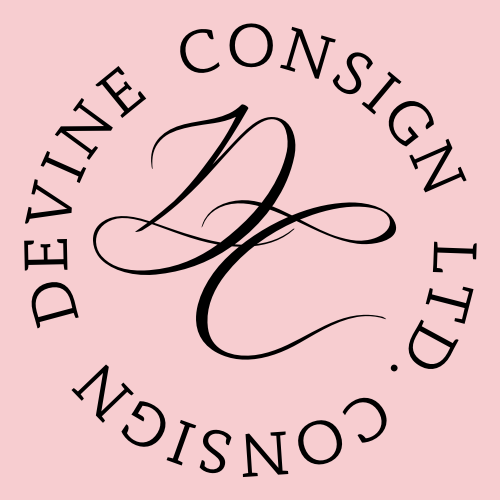This blog post is inspired by a few recent conversations I had surrounding art, mostly to do with amateur artists. So, I thought I would explore the subject. I am sure this could spark heated debate. But is there really a wrong answer? It is art after all, and is subjective to the eye of the beholder.
In the world of art, creativity knows no bounds. Whether you're picking up a brush for the first time or honing your skills as an amateur artist, the journey of artistic expression is as unique as the individual holding it. In this blog post, we delve into the age-old debate: Should amateur artists learn techniques through self-teaching, or do the benefits of formal education outweigh the self-taught approach?
The Self-Taught Artist: Unleashing Creativity Without Boundaries
For many budding artists, the allure of self-teaching lies in the freedom it offers. Without the constraints of formal instruction, self-taught artists have the autonomy to explore their creativity without boundaries. They can experiment with various mediums, styles, and techniques, allowing their intuition to guide their artistic journey.
Benefits of Being Self-Taught:
- Freedom to explore personal creativity without external influences.
- Flexibility to learn at one's own pace and according to individual interests.
- Opportunity to develop a unique artistic voice and style through experimentation.
- Access to a wealth of online resources, tutorials, and communities for support and inspiration.
Formal Education: Nurturing Talent Through Structured Learning
On the flip side, formal education in art offers a structured approach to learning, providing aspiring artists with essential techniques, skills, and theoretical knowledge. Whether through art schools, university programs, or specialized courses, formal education provides a comprehensive foundation that can accelerate artistic growth and development.
Benefits of Formal Education:
- Access to experienced instructors and mentors who provide guidance, feedback, and critique.
- Exposure to a wide range of artistic techniques, mediums, and styles.
- Opportunities for networking, collaboration, and exposure to the art community.
- Development of critical thinking skills, art history knowledge, and understanding of artistic theory.
Finding the Right Path: Balancing Freedom and Structure
Ultimately, the choice between self-teaching and formal education depends on the individual artist's goals, preferences, and circumstances. Some may thrive in the freedom of self-teaching, while others may benefit from the structure and resources offered by formal education. For many, a combination of both approaches may provide the optimal balance, allowing for personal exploration while also gaining essential skills and knowledge from formal instruction.
Conclusion: Embracing the Journey of Artistic Discovery
Whether self-taught or formally educated, the journey of the amateur artist is one of continual discovery, growth, and self-expression. Each path offers its own set of challenges and rewards, shaping the artist's unique perspective and artistic voice along the way. Whether you choose to embark on the path of self-teaching or pursue formal education in art, remember that the most important aspect of artistic journey is to embrace the process, nurture your creativity, and never stop learning and evolving as an artist.
Regardless of what stage you are at, I never fail to be amazed by some people's talent. It is truly inspiring. And I suppose all of us are artists at different stages, whether we express art through our voice, our clothing, through clay, or acting, or home, or on a canvas. Art is what makes life interesting - the use of colour, patterns and different mediums.
Art is a true form of self expression, regardless of how it is expressed or how it is learned.
Danni xoxo

